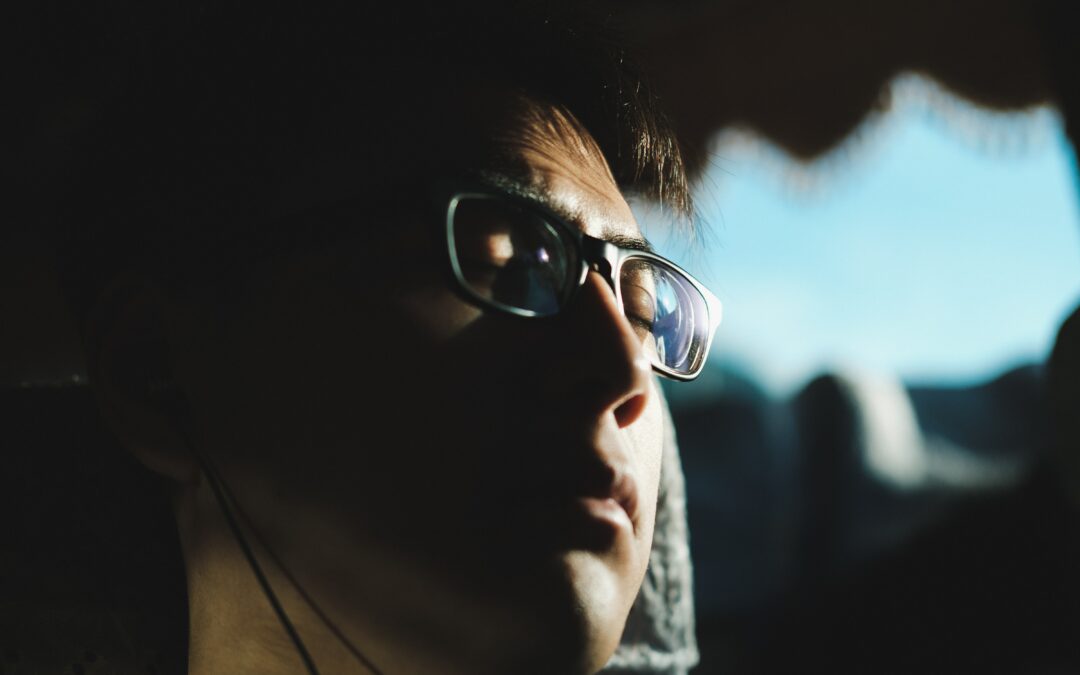Sleep apnea occurs when your breathing stops and starts while you sleep. Left untreated, sleep apnea can cause you to snore loudly, experience drowsiness during the day, and even lead to serious health problems.
Sleep apnea is a common sleep disorder. Approximately 30 million Americans develop sleep apnea. However, only about six million are diagnosed. This often happens because people aren’t aware of the symptoms they experience while they sleep, or they don’t fully understand how their symptoms could indicate a problem.
Knowing more about this sleep disorder, its symptoms, causes, and treatment options can help people better understand this condition and realize how seeking treatment as soon as possible can help minimize potential health problems. This article will tell you what you need to know about sleep apnea.
Types of Sleep Apnea
Sleep apnea is a sleep-related breathing disorder that causes abnormal breathing during sleep. As a result, you may repeatedly stop breathing while sleeping, causing you to wake up. There are two kinds of sleep apnea.
Obstructive Sleep Apnea (OSA)
The most common type of sleep apnea is obstructive sleep apnea. When you sleep, the muscles in the back of your throat relax, which, in turn, narrows your airway. As your airway narrows, snoring occurs.
When your airway is obstructed, you aren’t getting enough oxygen, which causes you to wake up to restore airflow. This process repeatedly occurs throughout the night.
Central Sleep Apnea (CSA)
CSA is much less common than OSA. In CSA, the communication between your brain and the muscles controlling your breathing is disrupted. As a result, your breathing may pause temporarily or become shallow.
Symptoms
If you have sleep apnea, there are some symptoms you may not notice but that someone who sleeps with you would see. Here are some symptoms for you and someone sleeping with you to watch for.
Someone else may notice:
- You stop breathing and then take a noisy breath when you start breathing again
- You gasp for air
- Loud snoring
You may notice:
- Insomnia
- Problems concentrating
- Daytime drowsiness
- Sore throat or dry mouth when you wake up
- Headaches
- Irritability
- Heartburn
Risk Factors
Various factors can affect someone’s chance of developing sleep apnea. Some of these factors include.
- Age
- Obesity
- Allergies
- Alcohol or nicotine use
- Sinusitis
- Pregnancy
- Hormone or thyroid problems
- Nasal congestion
- Neck circumference
- Diabetes
- Menopause
- Down syndrome
- Large adenoids and tonsils
- Family history
- Large overbite or recessed chin
Diagnosis
If you notice any of the symptoms listed above, or if any of the risk factors pertain to you, you should contact your doctor. They will begin by asking you questions to get further information on your symptoms. After evaluating your answers, they will likely recommend polysomnography (a sleep study).
During the sleep study, your brain waves, leg and eye movements, heart rhythm, airflow, and oxygen levels are monitored and recorded. A sleep specialist will then analyze the results.
Treatment
The goal of your treatment plan will be to normalize your breathing while you sleep, and address other underlying health conditions. Some possible treatment options are as follows.
Lifestyle Changes
Lifestyle changes are important first steps in your treatment plan. They may include:
- A healthy diet
- Healthy sleep habits
- Reduce alcohol consumption
- Stop smoking
- Weight management
- Changing your sleeping position
Continuous Positive Airway Pressure Therapy
Continuous positive airway pressure (CPAP) therapy is the main treatment option for sleep apnea. A CPAP machine provides a gentle, constant stream of positive pressure air through a mask.
Although you may find using a CPAP machine uncomfortable, remember that it takes time to get used to it. You can also make the equipment more comfortable, such as adjusting your mask, adjusting machine settings (consult your doctor before doing this), and adding moisture to the air to relieve nasal symptoms.
Surgery
Surgery may be used to widen the airway of people with OSA. It can shrink, stiffen, or remove obstructing tissue, or remove enlarged tonsils. Depending on the type of surgery, it may be performed in the doctor’s office or a hospital.
Mandibular repositioning device (MRD)
A MRD is an oral appliance custom-made for people with mild to moderate OSA. It holds the jaw forward while sleeping, expanding the space behind the tongue, and keeping the airway open.
Medication
Medications such as acetazolamide, triazolam, and acetazolamide may help with CSA but should only be used after consulting your sleep specialist. These medications can have severe side effects and shouldn’t be used by everyone.
Sleep Better with DreamZz Sleep Center
While diagnosing your sleep apnea is essential, determining the correct treatment is just as important. Not only can the proper treatment plan help you get more sleep, but it can also help you avoid other serious medical problems that can stem from the condition.
DreamZz Sleep Center is here to help you sleep better. You can expect to be scheduled for a sleep study within one to two weeks from your initial call, meaning you can have a treatment plan in place in less than a month! We are your one-stop shop for all of your sleep medicine services. After your diagnosis, we can set you up with a CPAP/BiPAP machine and the necessary follow-up care.
Contact us today for an appointment.


Recent Comments